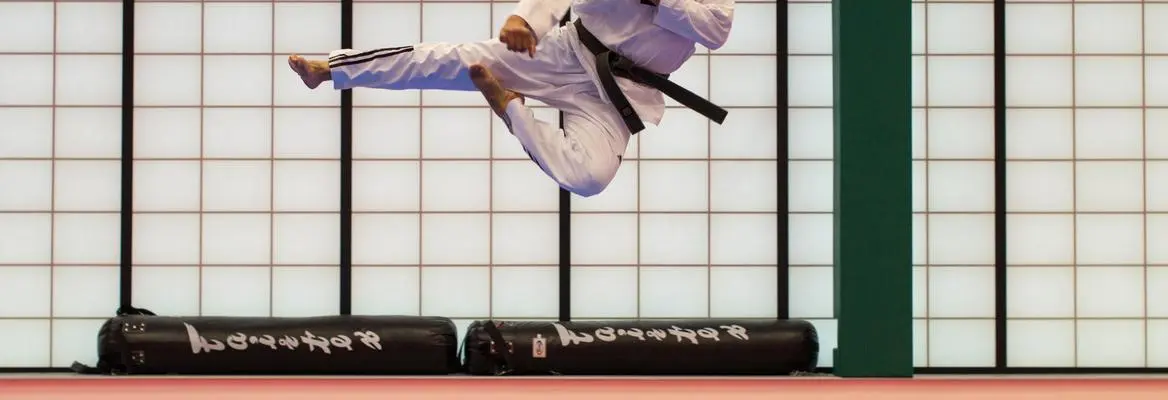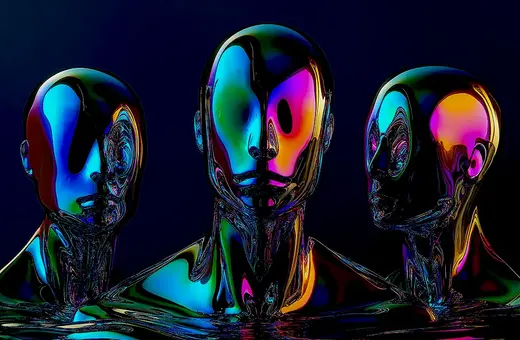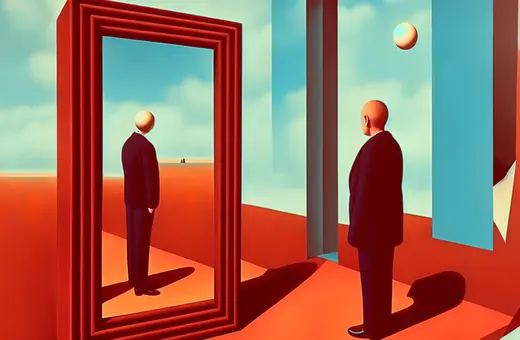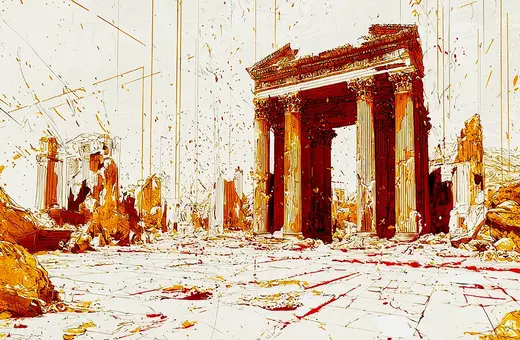It is impossible to be brief in Asian martial arts. To begin training these arts is to commit to a gradual process of remaking yourself, body and soul.
Martial arts today are not about self-defense on the streets. The world is not so dangerous for the 99 percent of the middle-class Western people who fill the training studios. Also, a lot of what we diligently train is of limited use against typical urban threats. Some evenings, for instance, see my colleagues and I chasing each other with four-foot bamboo swords.
The threats we are most likely to encounter on our urban streets involve a handgun or a knife. Self-defense against handguns is very advanced. One might train in Asian martial arts for years without learning it. But the worst-case scenario in self-defense is knife crime. The disarming techniques against knife attacks all carry a dangerous amount of risk.
So there is a big gap between what Asian martial arts concentrate on and practical training in self-defense. Contemporary Asian martial arts practice certainly trains self-defense, but that is not the center. So what is?
Martial arts practice is like sport but it is not sport. It is dance-like but not dance. The techniques that we practice, the fighting forms, or kata, we perfect, are not dance-like aesthetic forms. They are expressly combative in design. They are designed and trained for use, despite being largely useless in the modern world.
So, what contemporary martial arts practitioners do through kata is to pursue intensity; the affect of effortless efficacy these techniques convey when practiced well.
You may never use the training, but at least the art is not fake. Nothing is done just to look cool, nothing is done just for looks at all. Looks never hurt anyone. Everything in Asian martial arts movements is combative, part of the weapon we train. That training too cannot be faked. It is a mirror for the self. What you can or cannot do is undisguised and on display—for oneself, the teacher, and fellow students.
The Representation of Martial Arts in Films and at Competitions Betray the Art
Martial arts are not about competition or aesthetics, like they appear in films or competitions.
In contrast, martial arts cinema celebrates fakery. Everything we see in these movies is fake. It is all acted and no one really gets hurt. The sequences of techniques are scripted and not truly combative. They use the form of Asian martial arts with an entirely new and trivialising entertainment content. They encourage fakery and the admiration of fakery, or indifference to the difference between real and fake.
Similarly, so-called combat sports, such as Olympic judo or taekwondo or MMA have hijacked traditional martial arts, and created a new kind of martial art designed for competition. To make martial arts competitive requires submission to rules that deprive these arts of their warlike violence. It also makes their training with fellow practitioners a zero-sum game. There have to be winners and losers.
___
"Modern environments fragment people's experience and promote an unawareness of embodiment, making competent corporeal integration increasingly rare. Martial arts training can eventually undo all that."
___
Competition was disavowed by the Asian martial masters who expressed themselves on it. For most of its history Asian martial arts practice was anomalous, anarchic, nomadic, marginal, practiced on the periphery of authority. When it becomes a sport, reconfigured for competition, martial arts practice is captured for the state, by state sponsorship, the usages of propaganda, and patriotic sentiments.




















Join the conversation